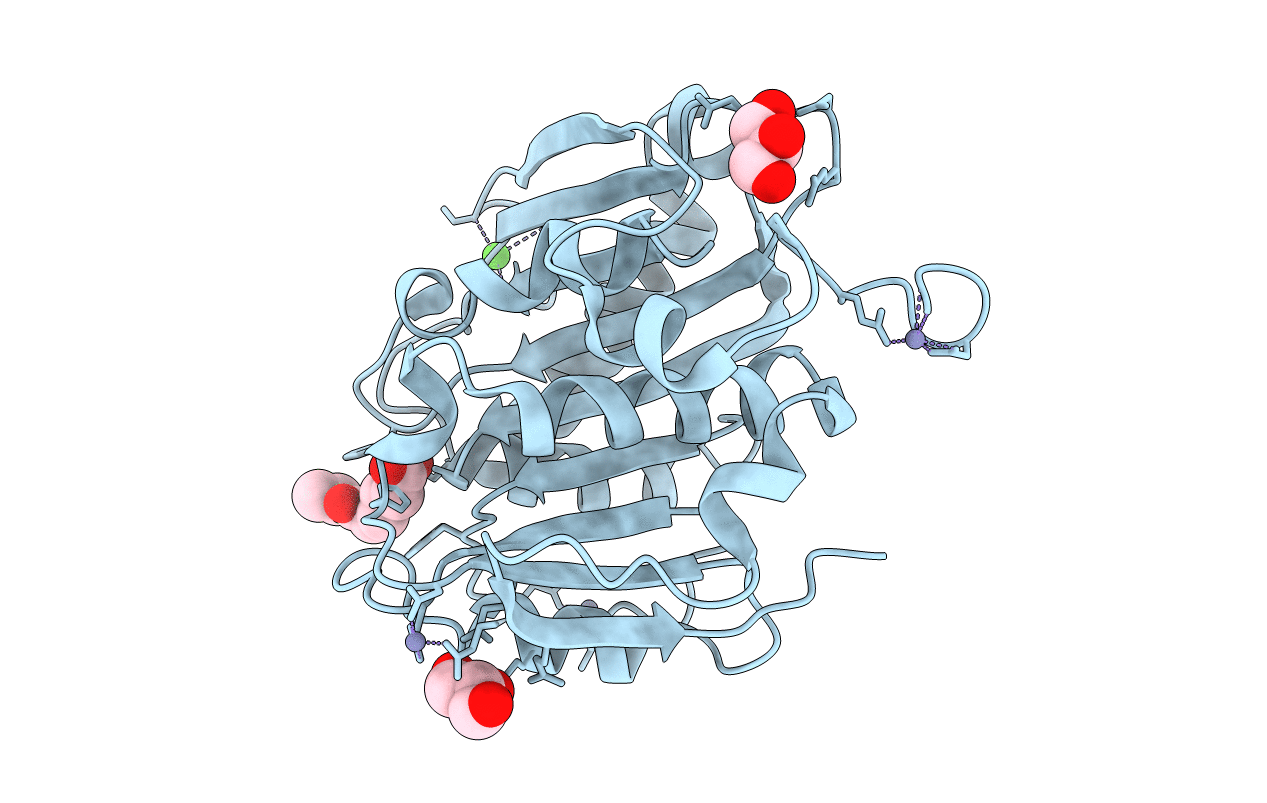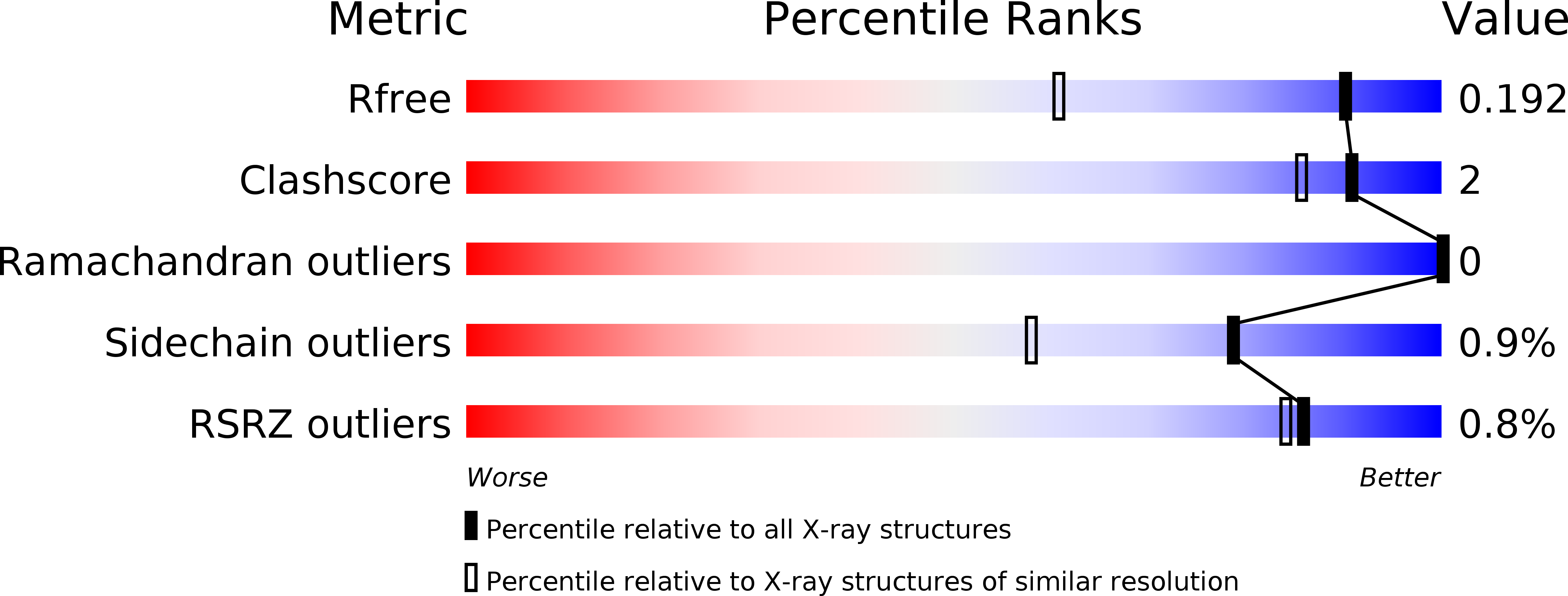
Deposition Date
2018-04-25
Release Date
2018-09-12
Last Version Date
2024-11-13
Entry Detail
PDB ID:
5ZRS
Keywords:
Title:
Crystal structure of PET-degrading cutinase Cut190 S176A/S226P/R228S mutant in monoethyl adipate bound state
Biological Source:
Source Organism:
Saccharomonospora viridis (Taxon ID: 1852)
Host Organism:
Method Details:
Experimental Method:
Resolution:
1.40 Å
R-Value Free:
0.19
R-Value Work:
0.16
R-Value Observed:
0.16
Space Group:
P 21 21 21


